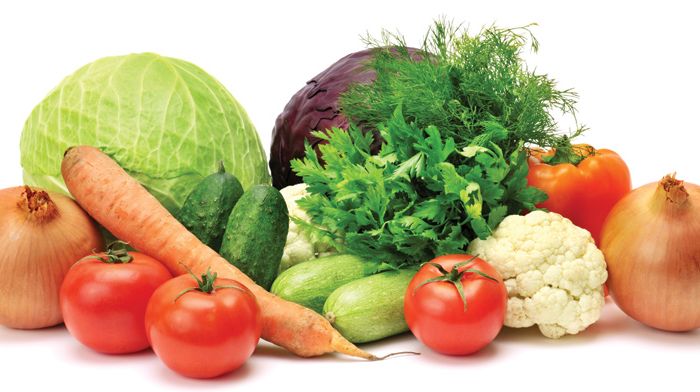Contamination of Food: Chemicals, Pesticides, and more, Oh My!
If you have followed our blogs, you have often heard us opine about food safety-related behavior and communication, food traceability, and other overarching food safety topics. We often don’t get into the weeds and discuss topics you may have learned about in your food safety training. But I thought we might circle back around and dig into a few of these topics for a few blogs. This month, I’d like to discuss food contamination, this blog will focus on chemical contamination of food and later this month, we will discuss physical contaminates.
Chemical contamination of food isn’t something we hear about in the food service world very often. Perhaps it isn’t even something you have given much thought to since you completed your last food safety class and exam. Yet, each day in our operations we have thousands of opportunities where food could become contaminated. While you certainly could have an instance where someone intentionally contaminates food (which is why we should have a solid food defense plan to try to mitigate the likelihood of this occurring), when I discuss these types of contamination, I am approaching them with the assumption that it would happen inadvertently.
While you may not see many foodborne disease outbreaks due to chemical contamination, it does occur. In the late 1990s, there was an outbreak in California where 107 individuals fell ill due to consuming food seasoned with salt that was contaminated with methomyl, another suspected incident occurred in 2020 in Washington State where individuals fell ill due to nitro cold brew coffee that contained traces of a cleaning agent. In my own experience, I remember a customer one time helping himself to a coffee refill at the end of an evening and pouring himself a nice coffee cup full of urn cleaner, while he took a drink of it, luckily, he spit it out quickly upon realizing it was not coffee.
Yet, each day in our operations we have thousands of opportunities where food could become contaminated with a chemical…
There are certainly several different reasons why food can become contained by chemicals in our operations. Perhaps we have a malfunctioning dishwasher that is adding too much detergent or sanitizer to the cycle and thus the machine is unable to remove all traces of the chemical, perhaps we don’t effectively wash fruits and vegetables that are brought in as part of our farm-to-table operation, an employee unknowingly splashes a chemical or pesticide onto nearby food that will be served to a guest, or a production employee who unknowingly stores a tomato-based sauce in a galvanized metal container. Whatever the reason, we should have a plan in place to protect our guests from food that has been contaminated with chemicals.
I know that many of your operations likely have these standard operating procedures in place, but now is a good time of year to do a spot check to make sure your employees are following the policies and procedures you have outlined for them. Here are a few to check on:
- Store and label all chemicals separately from food;
- Make sure your employees (even those who are part-time teenage staff) know how and when to use the chemicals you have in-house. More is not always better in most instances;
- Read and follow all manufacturer recommendations and instructions related to the use of cleaning or pest-control products; and
- Make sure all production and storage equipment and approved for their intended use in the operation.
Last, but certainly not least, ensure all employees are knowledge about food safety and that you meet the requirements for food safety training in your jurisdiction. Sorry if we sound like a broken record on the training issue, but employees can’t practice something which they have never been trained about.
If you haven’t watched our first SafeBites Webinar of 2022 yet, be sure to check it out! We are changing things up this year and all our SafeBites webinars will be offered on-demand at whatever time is most convenient to you. The first webinar, Getting the Word Out: Communicating Your Organization’s Food Safety Practices, presented by Dr. Catherine Strohbehn, is posted and ready for you to watch. Be sure to reach out if you have any questions about food safety or have a topic you’d like to learn about in an upcoming SafeBites Webinar. Until then, Risk Nothing.
READ MORE POSTS
Finding the Food Safety Training Program that is Right for You
Whichever you decide, because some jurisdictions have more stringent requirements than the conference for food protection, check with your local health department to make sure they also recognize the exam before you pay for it.










